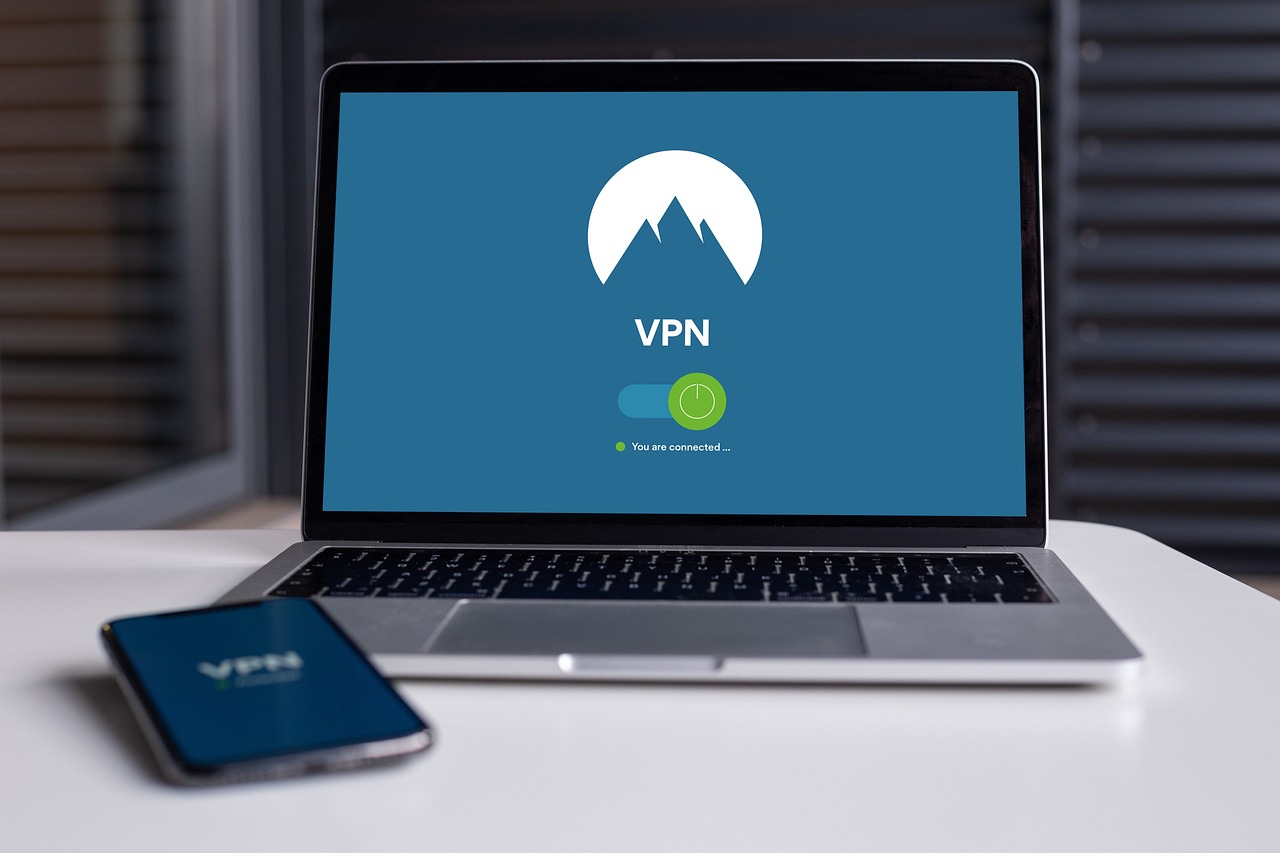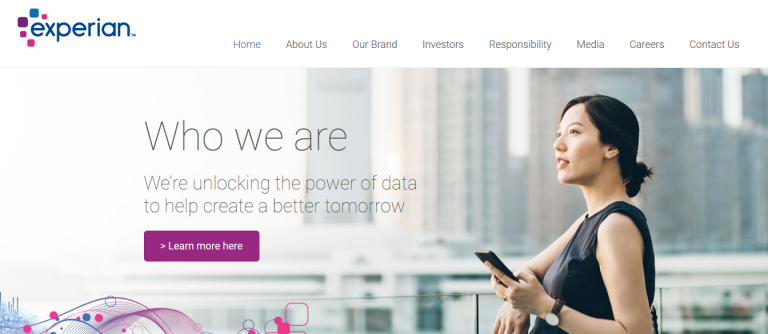Are you a small business owner? Cyber attacks on such businesses are increasingly becoming popular. Find out how to prevent cyber threats for your company!
Cyber threats are not only a problem for large corporations and governments; they also pose a significant risk to individuals. Small businesses can also be targeted. Kaspersky’s research shows that 22% of small businesses are victims of cyberattacks. According to the latest data, approximately 11% occurred in the past year.
It is vital to protect your business from cyberattacks. However, the most alarming fact is that even the most prominent business leaders in the world do not know how to do this. Small business owners often can’t even imagine how the security of their business can be compromised. What are the targets of cybercriminals?
READ ALSO: How To Prepare For A Cyber Assessment
Table of Contents
Small Business Cybersecurity Risk Zone
Cybercriminals are interested in your money, data, and IT equipment. If a hacker gains access to your corporate network, they can cause more damage by using whatever they find in it. For example:
- Lists of customers
- Customer’s credit card information
- Bank details of your business
- Your pricing policy
- Product designs
- Expansion plans
- Manufacturing processes
And basically, everything they can access. These attacks can be targeted not solely at your company. Hackers can use their access to your network as a first step to gain access to companies that work with you. That’s why many attacks are directed at small businesses. The owners often don’t know how to protect the data – or don’t have enough finances to prevent the attacks.
READ ALSO: Creating A Strong Cybersecurity Assessment Report
What happens if you don’t prevent the attacks?
Possible Consequences
U.S. government research shows that 60% of small businesses that suffered a cyberattack closed within a month.
This, of course, is the most damaging outcome of an attack. But your business can have other serious consequences—for example, substantial financial losses and reputational damage. Clients will be furious upon learning about the leak of their personal data. Thus, your business won’t attract consumers anymore.
That’s why it is crucial to forestall hacker attacks. Even if your company is not significant, “small business” cybersecurity is already developing.
Cybersecurity professionals developed a list of actions to prevent cyberattacks.
Top 5 Pro Tips About Providing Cybersecurity For Business
First, always use the latest and trusted antivirus software. This is not even a tip – it is the first rule of any respectful business owner. No matter how much you try to prevent hacker attacks, if you don’t have an antivirus program.
Solely this tool will save you from malware, phishing, and a lot of spam. The most popular method of hacking is still the use of viruses. So, don’t dismiss the opportunity of securing your business.
READ ALSO: 5G Networks Are Likely to be Hacked: The Unseen Vulnerabilities
Other tips can help strengthen the protection offered by antivirus software.
Use reliable software
Having reliable business software to protect you from various threats is ideal. That includes viruses, spyware, ransomware, and phishing. Ensure that the software you use not only provides protection but also offers a technology that cleans computers and reinstalls data.
Additionally, the software used by your company must be up-to-date. Any program updates to enhance protection or incorporate new patches. These new items close coding loopholes that hackers can use to enter the network.
Train your employees
Employees can make your business vulnerable to attacks. Research indicates that employees are responsible for half of the data breaches. They may intentionally or unintentionally give cybercriminals access to your networks.
There are numerous scenarios involving employee attacks. For example, an employee lost his work tablet or opened a suspicious email.
To protect yourself from inside threats, provide cybersecurity training for your employees.
Develop a small business cybersecurity plan and share it with all your workers. They should be aware of and consistently follow your business’s cyber policy. Make a list of safe sites and services.
Additionally, train your employees on how to respond to various situations that may arise. For example, how should they act if they receive a suspicious email? Plus, ensure they all have strong passwords that are difficult to hack.
READ ALSO: 4 Signs Your Network Needs A Cybersecurity Risk Assessment
Back up your data
When a cyberattack happens, all your files can be compromised or deleted. Will your business continue to work without data? Noting the number of files necessary for a company’s smooth operation – there is no doubt the answer is no.
To prevent this, use a backup program that copies your files. If the attack happens, you can restore all your files from backups. Select a program that enables you to create backups on a scheduled basis or automatically. That way, you don’t have to remember it constantly.
Also, store your backups offline. This will prevent attackers from encrypting them. Furthermore, it renders them inaccessible if your system has been compromised by ransomware.
Consult the IT professional
There are vulnerabilities in any software. There are exploits – programs written to exploit these vulnerabilities in an attack. If the developer knows where the vulnerability is, he can put some patches in place to fix problems in the software. The patch will protect against cyberattacks in this weak point.
READ ALSO: Top Reasons Why Your Company Needs Custom Software To Thrive
There are also zero-day exploits. They are written to exploit vulnerabilities the developer doesn’t yet know about. There are no patches capable of eliminating this threat. Unique technologies for preventive protection against exploits are needed. The system will be defenceless against attack if such technologies are not used.
That’s why even the best prevention mechanisms can fail if an IT master does not set them up. You don’t need to hire one full-time, but occasional consultations and checkups can be quite helpful.
Do the risk assessment.
Assess the potential risks that could compromise your company’s security. Identifying potential threats will help you develop a plan to secure possible gaps.
Once you have completed your threat analysis, use the information you gain. It can help you to develop or improve your security strategy. Review and revise your security strategy on a regular basis.
READ ALSO: Top Reasons Why Your Company Needs Custom Software To Thrive
Top 5 Pro Tips About Providing Cybersecurity For Business: FAQs
What are the biggest cybersecurity threats facing businesses today?
Businesses face various threats, including:
- Phishing attacks: Attempts to trick employees into revealing sensitive information through emails, calls, or texts disguised as legitimate sources.
- Ransomware attacks: Malicious software that encrypts your data, rendering it inaccessible until a ransom is paid.
- Malware attacks: Software designed to harm your systems, steal data, or disrupt operations.
- Data breaches: Unauthorized access to sensitive business or customer information.
How can I assess my business’s cybersecurity risk?
Conducting a cybersecurity risk assessment identifies vulnerabilities in your systems and data. This assessment helps prioritize your security efforts and allocate resources effectively.
READ ALSO: Why Your Business Needs To Invest In Cybersecurity Solutions
What are some additional resources for improving my business’s cybersecurity?
Several resources are available to help businesses improve their cybersecurity posture, including:
- Government cybersecurity agencies: Many governments offer resources and guidance on best practices.
- Industry organizations: Industry-specific organizations often provide cybersecurity resources tailored to your sector’s needs.
- Cybersecurity professionals: Consulting with cybersecurity experts can provide valuable insights and tailored recommendations to enhance your business’s cybersecurity.
Bottom Line
By implementing these pro tips, businesses can significantly enhance their cybersecurity posture and protect themselves from costly cyberattacks.
Remember, cybersecurity is an ongoing process, and staying informed, vigilant, and proactive is essential in today’s ever-evolving threat landscape.
RELATED POSTS
- Most Effective Cybersecurity Strategy For A Small Business [We Asked 45+ Experts]
- How To Prevent A DDoS Attack On Your WordPress Site
- 7 Top Cyber Security Plans for Small Business
- 7 Cybersecurity Trends to Follow in 2020
- How Hackers Impersonate Big Brands And Scam People
- 7 Business Credit Card Tips For Small Businesses
- How To Secure Your Computer Against Cyber Threats Like 007
- How To Secure And Protect A Website [We Asked 38 Experts]
- 15 Best Cybersecurity Practices for Website Owners



































